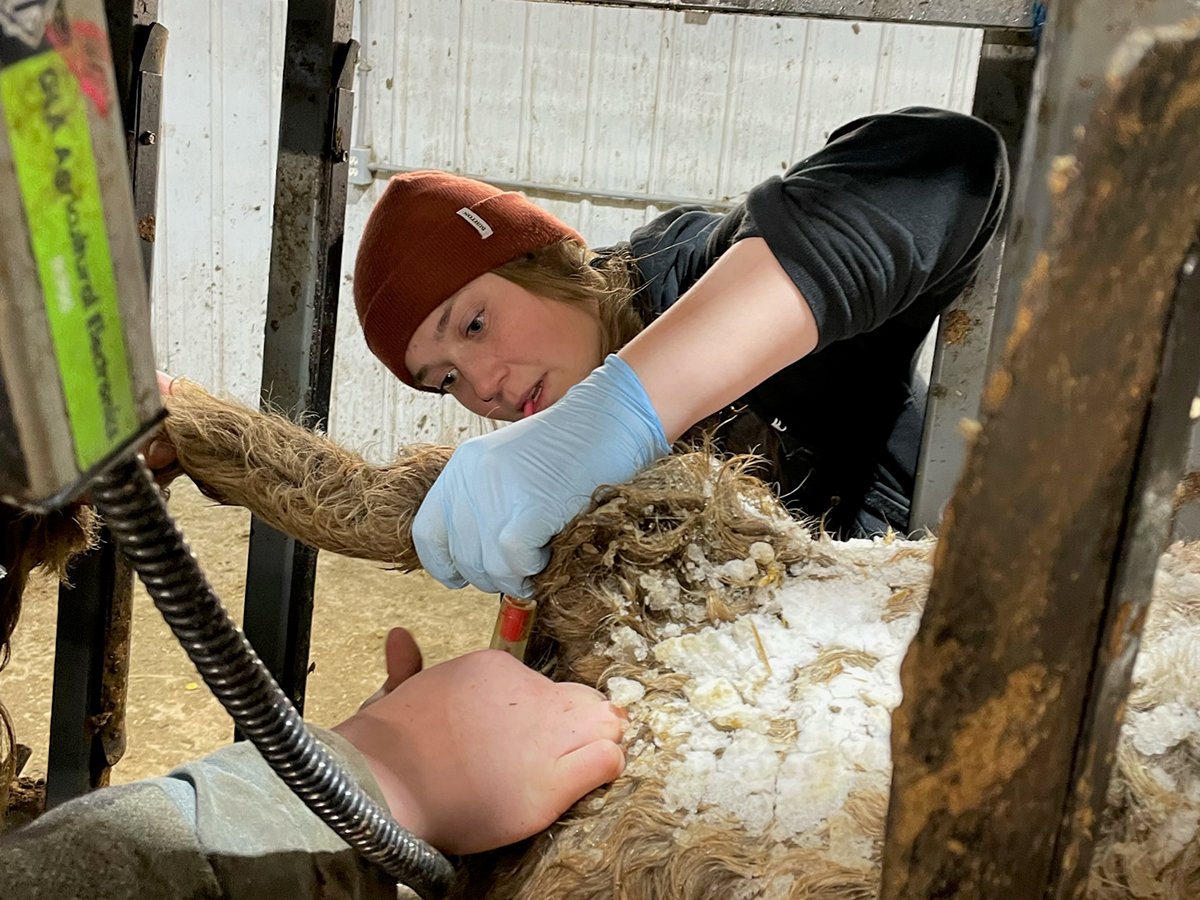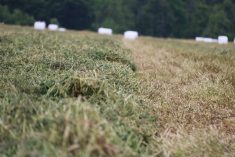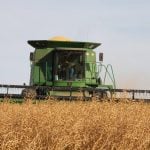LETHBRIDGE, Alta. – Selecting herbicides with low-leaching potential is one way farmers can protect their ground water.
Scientists at Agriculture Canada’s research centre in Lethbridge have developed a model that assesses all approved pesticides for their ability to move through soil. Past studies have determined that herbicide contamination in shallow groundwater is widespread in Alberta.
“The sky is not falling, but on occasion we have found levels that exceeded the Canadian drinking water guidelines and/or the aquatic life guidelines,” researcher Bernie Hill said.
He presented his findings at the Agronomy 2001 conference held in Lethbridge on Jan. 17.
Read Also

Pen riders better than tech at detecting respiratory disease in feedlot cattle, says researcher
Katrina Garneau’s recent research found that pen riders are better than technology at flagging signs of BRD in feedlot cattle.
Water tables in some parts of Alberta are as close as a metre from the surface, making them particularly vulnerable to runoff contamination.
Large pores called soil macrophores are another problem. They act like an expressway, carrying pesticides to groundwater.
Hill and his team have created a model to measure leaching potential. They know certain herbicides move through soil quickly, so they have devised a leaching ranking on a basis of one to nine, with high numbers indicating a relatively high leaching potential.
Some examples of the rankings are eight for hexazinone, seven for 2,4-D and dicamba and one for triallate and trifluralin.
Leaching potential is the ability of molecules, including herbicides, to move through soil with water from rainfall or irrigation.
The model is based on the herbicides’ chemical properties, such as solubility, vapor pressure and adherence to organic carbon. The higher the solubility in water, the more the herbicide tends to leach.
Herbicides with a high vapor pressure are less likely to leach. Also, herbicides that attach strongly to organic carbon in the soil are held more tightly and won’t leach as much.
The model may not give a fully accurate measure of leachability, but as more information becomes available about herbicide properties, a more accurate measure of relative leaching potential should be possible.
The researchers hope their findings can be added to information sources such as crop protection guides that are used by farmers to find appropriate herbicides. To date, most guides have included limited information on herbicide leaching through soil.
Rankings for herbicide products listed in the Alberta Crop Protection 2000 Handbook are listed on the Lethbridge Research Centre website at http://res2.agr.ca/lethbridge
/scitech/hill_leach.htm.















